Table of Contents (click to expand)
The Moon has been Earth’s companion for millions of years. While it will almost certainly remain like that, there is a way for Earth’s gravity to destroy it.
The Moon has been Earth’s constant companion for millions of years, and yet we often forget the many ways it affects the Earth. It is responsible for several phenomena occurring on Earth’s surface, like tides, weather patterns, stabilizing Earth’s rotation, etc.
We also know that it is slowly moving away from us. While it seems like it will eventually escape from the Earth’s gravity, the prediction is that the Sun will swell into a red giant and engulf them both before that can happen.
However, as the Moon appears smaller and the Sun gets bigger, total solar eclipses will certainly be things of the distant past.
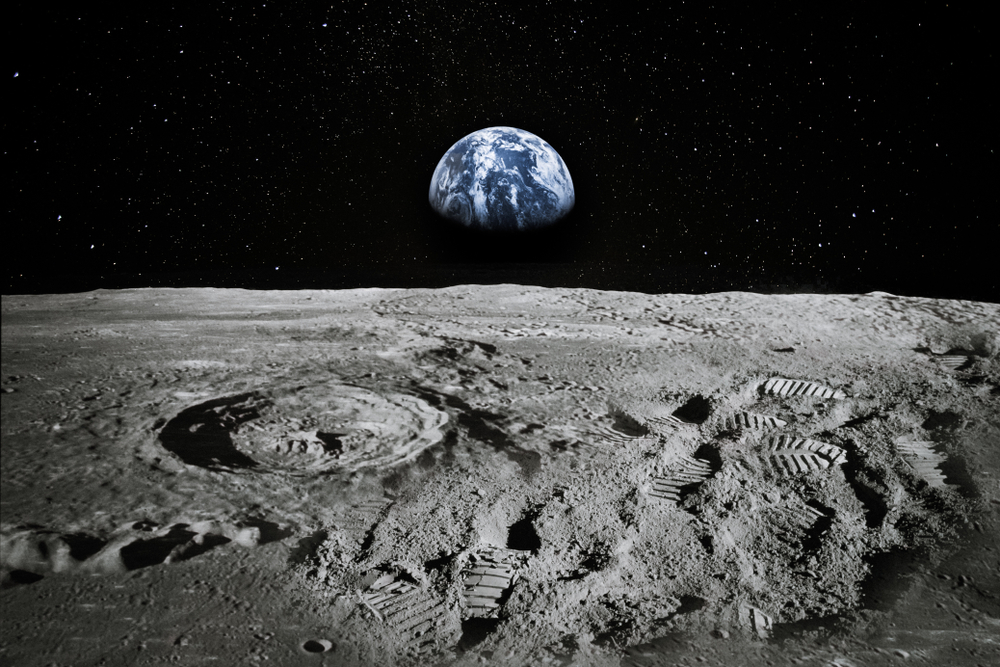
However, let’s consider another case. Is it possible for Earth’s gravity to destroy the Moon? What conditions would be needed for that to happen?
To answer this question, we must understand the concept of the Roche limit and how it is relevant for finding the point when gravity starts breaking space objects apart.
Roche Limit And Tidal Forces
To better understand the concept of the Roche limit, we need to clarify what tidal forces are and how they are relevant to this discussion.
Tidal forces arise due to gravitational forces having two different values at different points on the same body.
Let’s consider the Earth-Moon system first. A point on the Moon’s surface closer to the Earth will experience a higher gravitational force than one further away from Earth’s surface. Also, the net gravitational force at its north pole points downwards, toward its core, while that force at the south pole points upwards.
A net effect of these differences and anomalies is that the moon becomes slightly stretched along its equator and flattened along the poles. The Moon and Sun exert a similar influence on the Earth. This results in the stretching and squeezing of Earth along its equator and the poles, respectively.
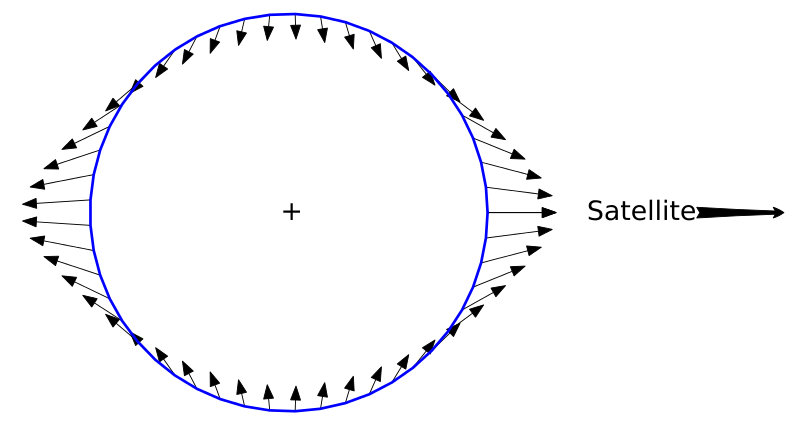
Now, regarding the Roche Limit, it is the minimum distance from a planet at which any smaller object (like a moon, asteroid, etc.) can approach it without getting ripped apart by its tidal forces. If this object crosses a planet’s Roche limit, the planet’s gravity will tear that object apart into many tiny fragments.
Once an object is inside a planet’s Roche limit, the difference in the gravitational forces between the opposite ends of that object is large enough to overcome the force that keeps that object bound together. We can state that when that object is within a planet’s Roche limit, the tidal effect is strong enough to break it apart.
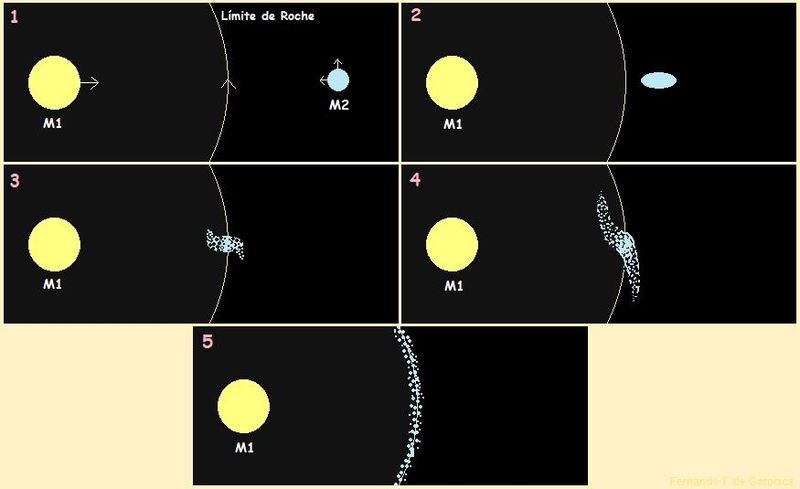
There have been several instances in our solar system where objects have entered a planet’s Roche limit and been consequently split apart.
The famous rings of Saturn might have originated that way, from a moon or any other large object that might have crossed its Roche limit and gotten destroyed in the process. Saturn’s rings lie within that limit, implying that it might have been from a moon that got too close it.
Another instance was when the comet, Shoemaker-Levy 9, was destroyed into more than 20 fragments due to the tidal effects caused by Jupiter’s gravity. The comet had already disintegrated when it was discovered in 1993. Further observations indicated that the comet had entered Jupiter’s Roche limit in July 1992. All of the comet fragments smashed into Jupiter in July 1994.
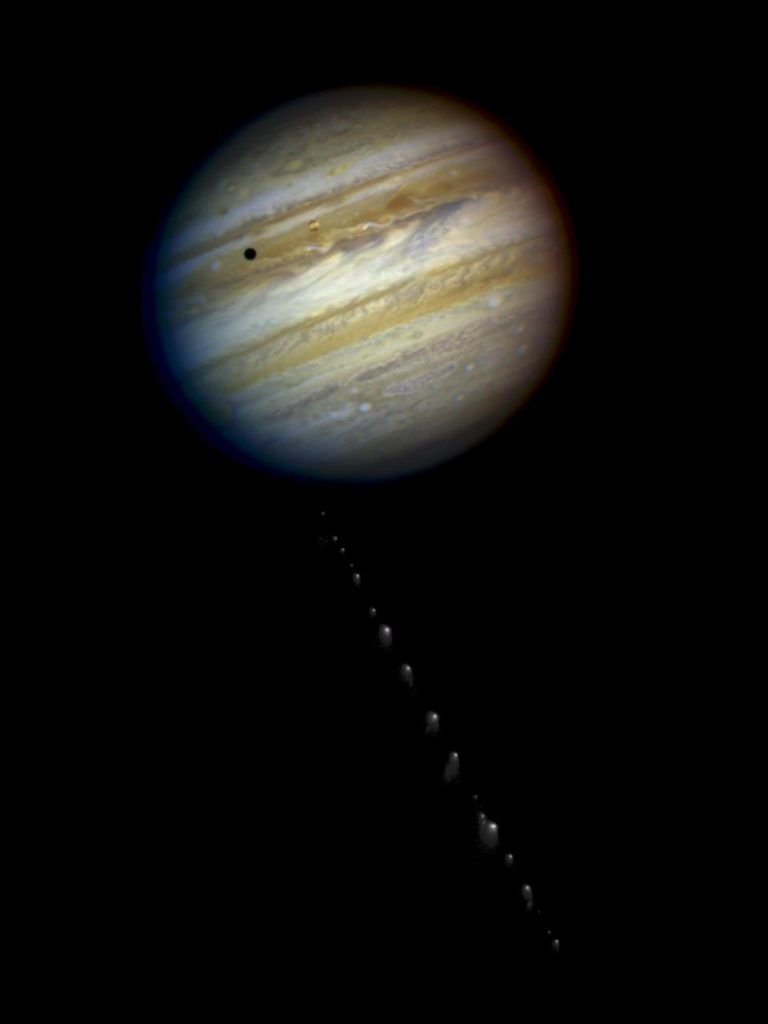
So far, we have been describing the Roche limit from a planet’s point of view. However, the fact is that every object in the Universe has its own Roche limit. Every star, planet, moon, and black hole has its own Roche limit.
Another point to note is that humans, animals, plants, satellites, and any other similar objects, while inside Earth’s Roche limit, will not get disintegrated. There can be two reasons for this.
One reason is that the Roche limit applies to gravitationally bound objects. Animals and plants are held together by chemical bonds arising from electromagnetic force. Thus, the Roche limit is not applicable here. Also, the gravitational attraction between them and the Earth is significantly small, and the tidal effects in such cases would be too weak to do anything.
Also Read: Fun Places To Hang Out In Space: What Are Lagrange Points?
Will The Moon Get Destroyed?
After discussing how gravity can disintegrate objects, we can look at the possibilities of a scenario where the Moon breaks apart due to Earth’s gravity. Our current laser ranging measurements indicate that it is moving away from the Earth at a rate of 3.78 cm a year. So, if things stand as they are, the obvious answer is that Earth’s gravity will not break it apart.
But suppose we consider a case where some massive interstellar object comes and affects the Earth-Moon system, causing the Moon to get much closer to the Earth. In this situation, it would probably disintegrate after entering the Earth’s Roche limit. If that happens, the Earth would develop a ring system similar to Saturn’s.
That said, this need not be the only case. If the Moon comes in too fast, it will directly crash onto Earth, since there won’t be sufficient time for Earth’s gravity to break it down. This would end most life on Earth. This scenario is similar to the formation of the Moon in the first place. Billions of years ago, a Mars-like planet (often called Theia) collided with Earth, and the Moon was created from the debris left after the impact.
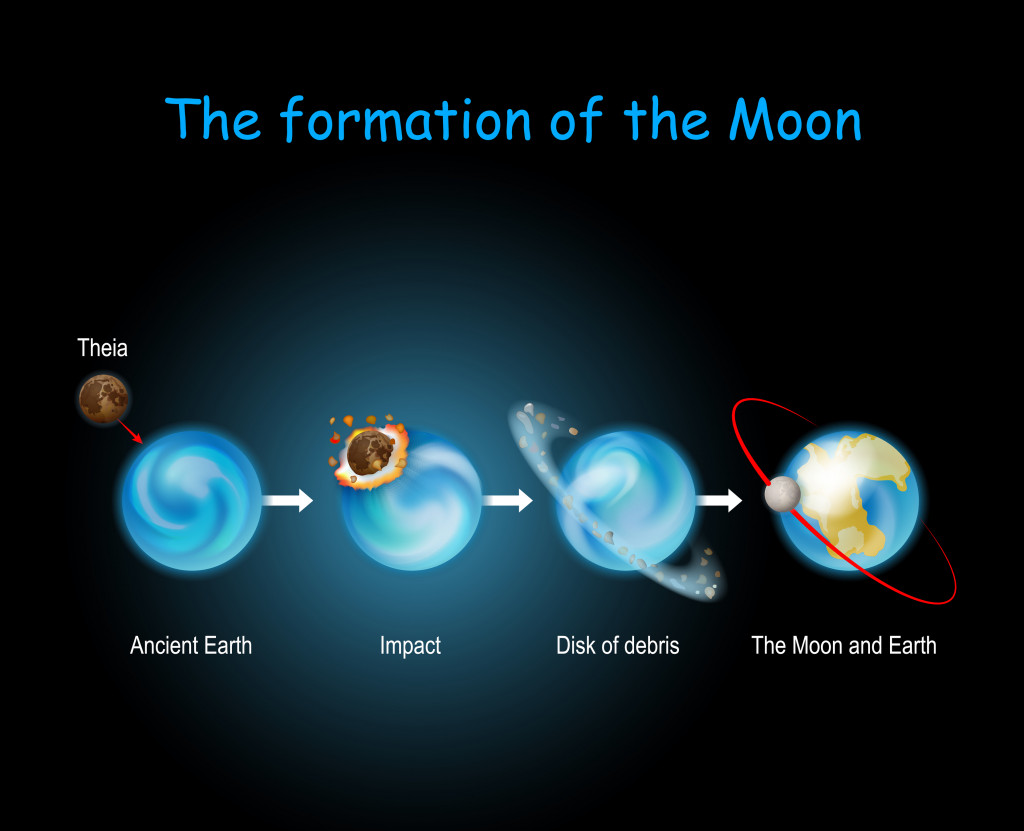
However, it is possible that even in the previous case, large fragments of the Moon would hit the Earth, causing severe damage to all life forms and the climatic conditions for thousands of years.
Also Read: What Would Happen If Saturn Moved Past Earth?
A Final Word
In short, it seems very unlikely that the Moon will be destroyed by Earth’s gravity. In order for that to happen, very bizarre or extraordinary situations would have to take place. While this will almost certainly not happen, the consequences would be very hard for life on Earth if it did.
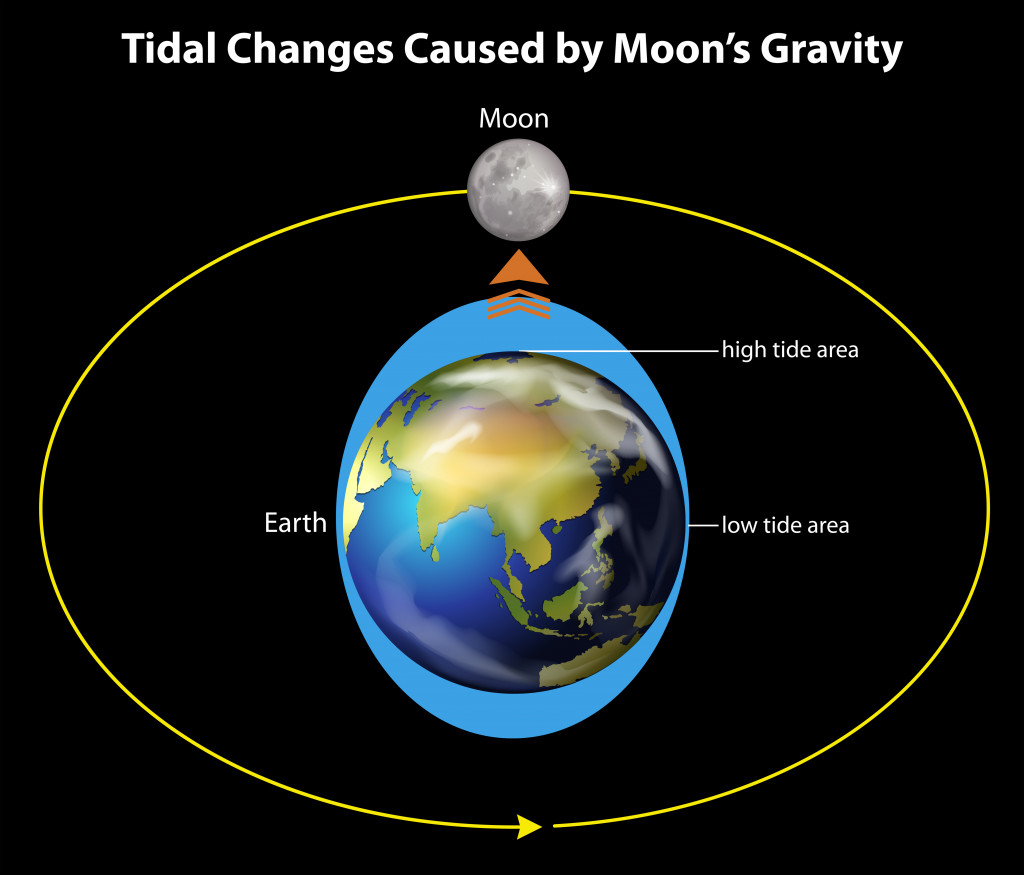
It’s better that the Earth and the Moon stay just the way they are. Their relationship is responsible for the sea tides and controlling Earth’s rotation rates, tilt, and climate. If the moon did not exist, several natural events on Earth would be much more extreme. The temperatures would vary vastly, and ice ages would occur more frequently.
Also Read: What Will Happen To Ocean Tides When The Moon Moves Away From Earth?
How well do you understand the article above!

References (click to expand)
- Roche Limit. The University of Oregon
- The Roche Limit. The University of Maryland, College Park
- In Depth | P/Shoemaker-Levy 9. The National Aeronautics and Space Administration
- Gravitational tidal field - Caltech (Tapir). The California Institute of Technology
- How does the Moon affect the Earth? | Institute of Physics. iop.org
- How the Earth and moon formed, explained - UChicago News. The University of Chicago
- What Happens as the Moon Moves Away from the Earth?. The National Radio Astronomy Observatory
